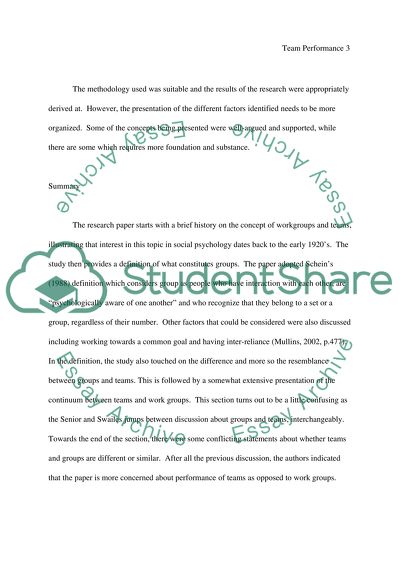Cite this document
(The Dimensions of Management Team Performance Book Report/Review, n.d.)
The Dimensions of Management Team Performance Book Report/Review. Retrieved from https://studentshare.org/social-science/1566332-critical-review
The Dimensions of Management Team Performance Book Report/Review. Retrieved from https://studentshare.org/social-science/1566332-critical-review
(The Dimensions of Management Team Performance Book Report/Review)
The Dimensions of Management Team Performance Book Report/Review. https://studentshare.org/social-science/1566332-critical-review.
The Dimensions of Management Team Performance Book Report/Review. https://studentshare.org/social-science/1566332-critical-review.
“The Dimensions of Management Team Performance Book Report/Review”, n.d. https://studentshare.org/social-science/1566332-critical-review.


